No matter how good you may be at photographing humans, the story becomes altogether different when photographing animals. It’s not easy communicating with our furry friends, and they also happen to have very narrow attention spans. To help you take perfect animal portraits, photographer Vincent Lagrange with COOPH shares his method:
Build a Good Relationship With the Animal
It’s essential that the animal you’re photographing trusts you. Play with the animal for a bit and make yourself familiar to them. It’s necessary that the animal feels comfortable with you pointing a camera at them.
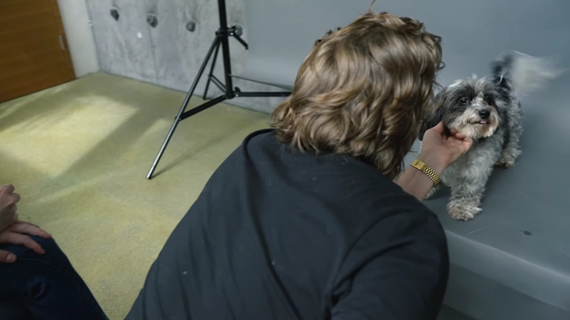
Create a Soft Light Setting
“I never use flash just to keep animals relaxed. Otherwise, I’m like hypnotizing them and I don’t want that.”
Animals get distracted way too easily. It’s a bad idea to pop a flash time and again when photographing them. You’ll either distract, excite, or frighten the animal. Lagrange prefers working with soft, natural light. If you’re working indoors, work near doors and windows that work great as a light source.
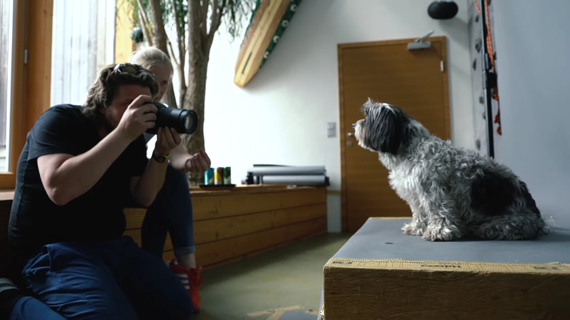
Communication
Communicating with animals can be difficult but not impossible. Use a quiet environment. This helps as the animal will be distracted less, and also because they’ll hear you better. Also, mimic their sound to grab their attention.
“Have patience and only if necessary use food.”
While food can be a good way to keep the animal interested in you, also keep in mind that too much food will make them lazy. Instead of giving them treats right from the beginning, use food only if it becomes really difficult to get your shot.
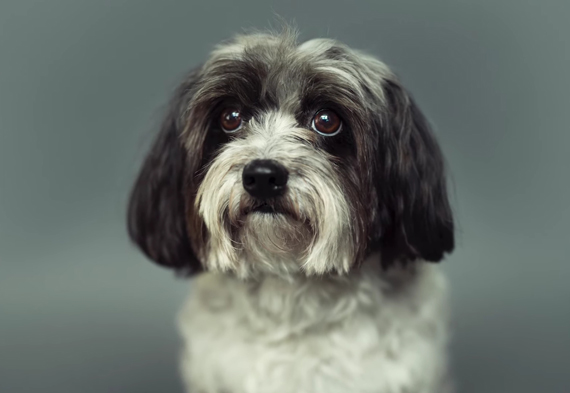
Approach
“The most important thing is, if an animal says no, you don’t say yes, and you just leave him.”
Don’t force the animals if they’re uncomfortable or if they’re not willing to be photographed. Don’t treat animals like objects. Instead, let them rest for a while, get familiar with them, and try again later.
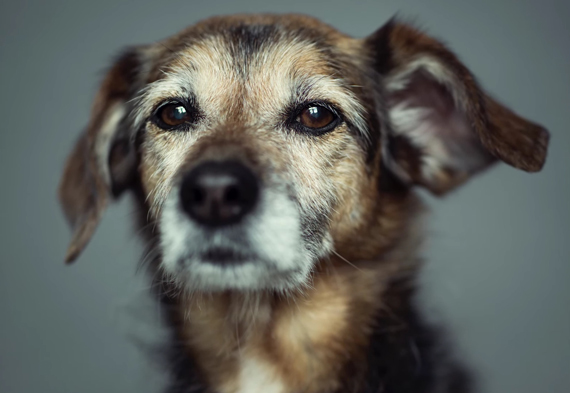
Troubleshooting
There can be moments when it may seem that photographing a certain animal is impossible. The key to success is to be patient and to keep on trying. Like Lagrange shares, he had to bring in a Spanish tree dog to his studio five times before he was able to actually take his photo. But when he got the photograph on the fifth try, it came out really amazing.
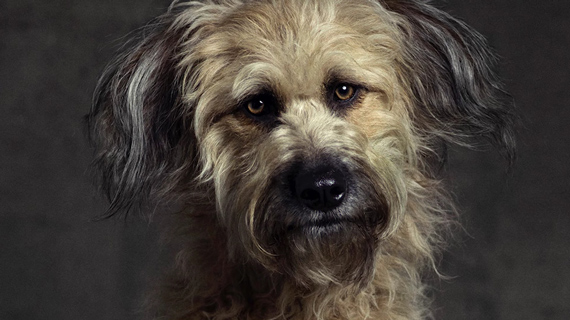
Equipment
Lagrange uses his Leica S medium format camera for larger portraits and the Leica M when he’s out on the street. And to keep the working environment as silent as possible, he doesn’t prefer to photograph continuous bursts.
Have you ever tried photographing animal portraits?
Go to full article: Animal Portrait Photo Tips
What are your thoughts on this article? Join the discussion on Facebook
PictureCorrect subscribers can also learn more today with our #1 bestseller: The Photography Tutorial eBook
The post Animal Portrait Photo Tips appeared first on PictureCorrect.